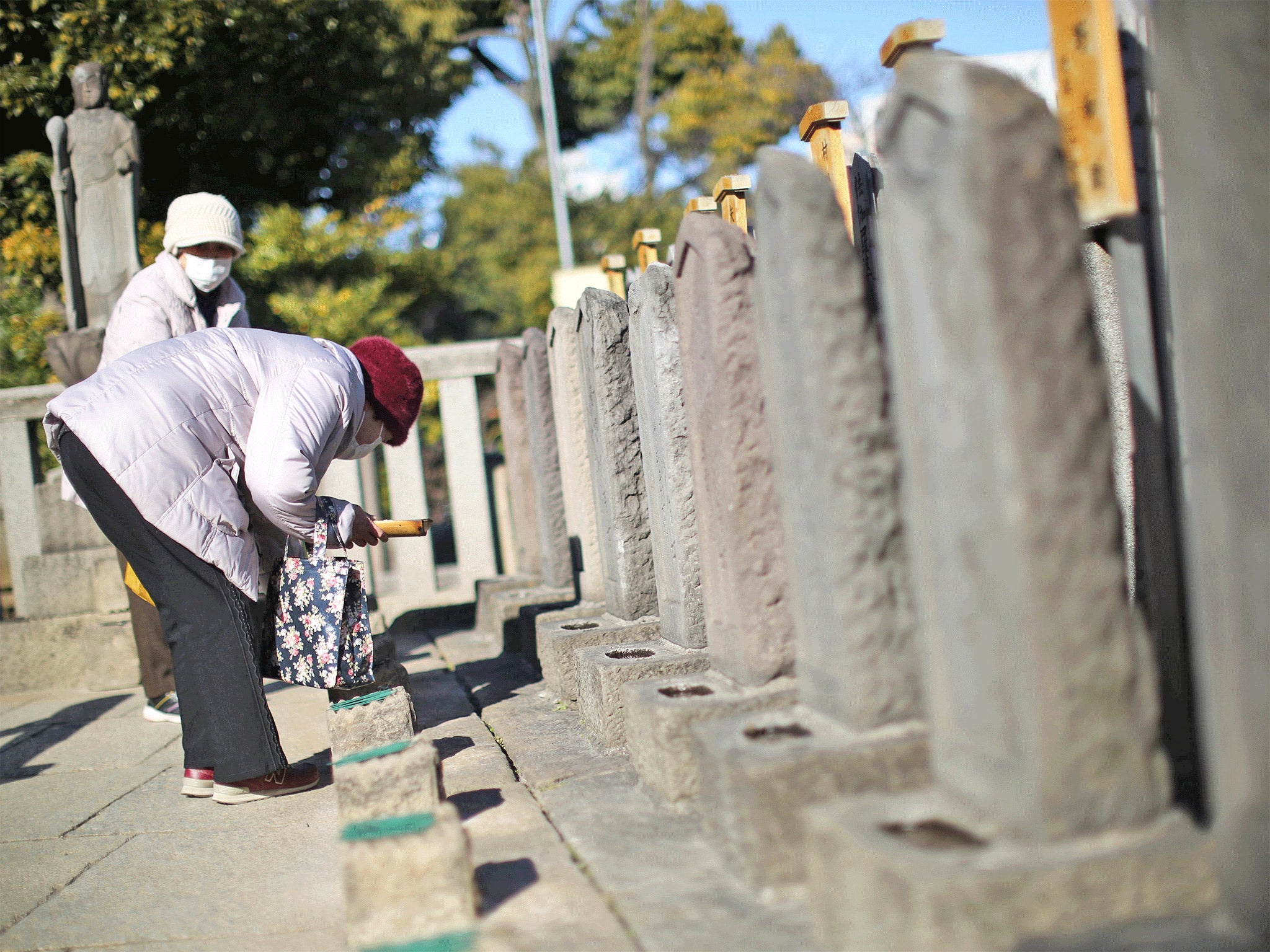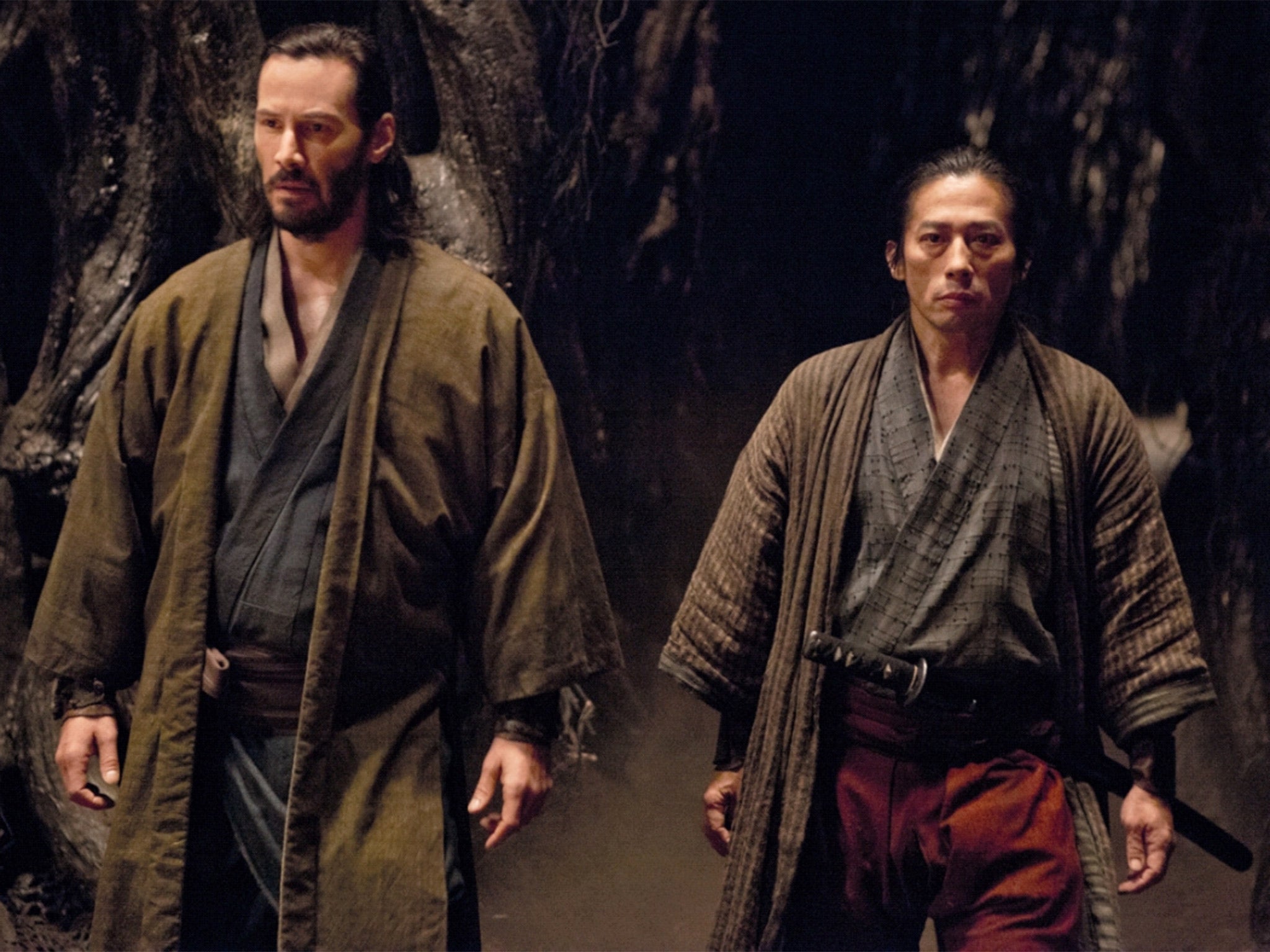Japan's Samurai warriors battle to halt building of eight-storey block of flats next to their temple
The Sengakuji temple houses the graves of ronin warriors, and nearly 2,000 people have signed a petition demanding a stop to the construction

The “47 ronin” samurai, who inspired the long-loved saga of loyalty and honour eulogised in films, books and plays, are fighting a new kind of battle in urban Japan.
A flat complex is going up next to the curved tile-roofed Sengakuji temple, where the three-century-old graves of the ronin – or masterless samurai – lie. The stone monuments, standing barely waist-high, are known as a humble, but proud, testament to sacrificing one’s life for what’s right.
The Buddhist monks who are still praying for the souls of the ronin, visitors from near and far, and the neighbourhood residents, are all aghast. Nearly 2,000 people have signed a petition demanding a stop to the construction.
Plans show an eight-storey condominium dwarfing the graves and placing the temple’s main wooden gate in its shadow. Building has already begun and it is expected to be completed later this year.
“People who come and pray here, including tourists from abroad, can’t believe why this is being allowed,” said Kenmyo Muta, a priest at the temple. “Anyone can see what it will do to this beautiful place.”

The plight of the graves highlights the recurring struggle between commercial development and efforts to preserve history. Japanese cities are often a hotchpotch of futuristic buildings next to kitsch, if not slum-like, chaos.
“What we are seeing here is the tragically common, ever-repeating story where a private gain is valued higher by the existing laws and planning regulations than the preservation of a public historical asset,” said Christian Dimmer, an assistant professor of urban design at the University of Tokyo.
Similar conflicts are unfolding around Japan, Professor Dimmer said, especially as new earthquake-resistant technology allows for taller structures.
There are no laws in the area around the temple to restrict building heights. The neighbourhood has stayed quaint only because residents voluntarily kept buildings no higher than three storeys.
Building laws do not apply despite the graves’ being designated as “historic sites” by the government in 1922. Damaging such a site is punishable by law, but not building right next to it, said Takahiko Noguchi, a city-planning official in Tokyo. “We do see the cultural heritage site as our treasure, and we want to protect it,” he said. “But we cannot force a change or a stop to the plans.”
The construction firm Daiichi Realter in Tokyo declined to comment.
AP
Join our commenting forum
Join thought-provoking conversations, follow other Independent readers and see their replies
Comments